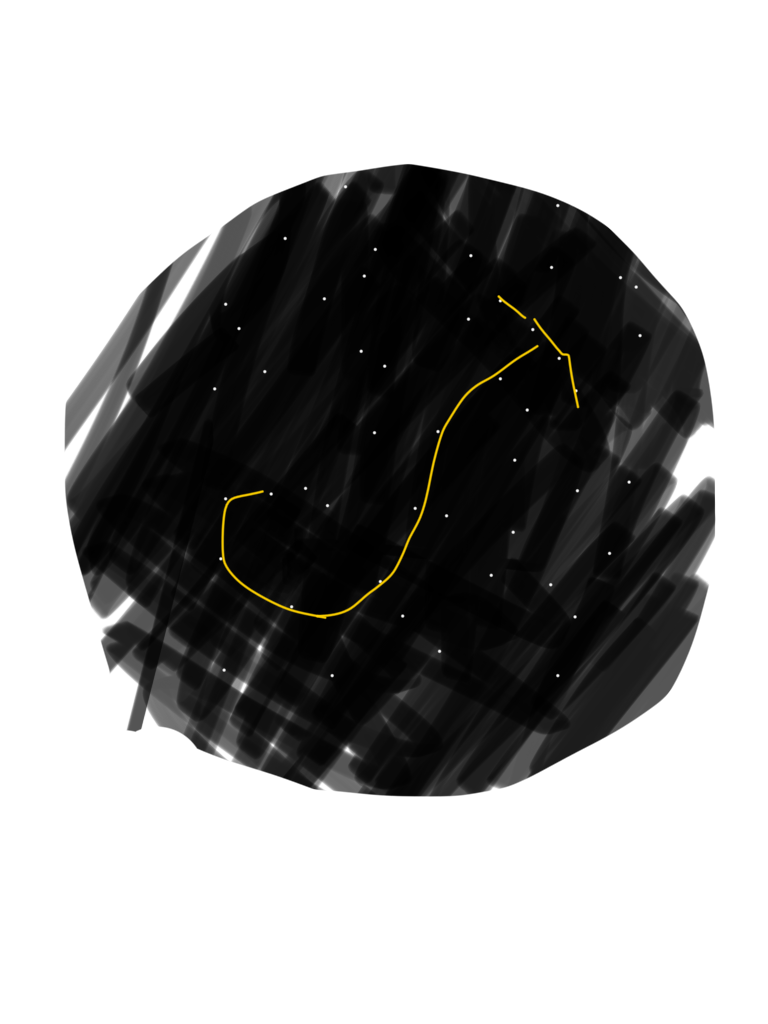When we first started cruising, the goal was to cross the Atlantic Ocean. We wanted to sail to Europe via Bermuda and the Azores, to give us stopover points along the way. While our hearts were in the right place, we still were not mentally ready to go.
When we sailed out of the Chesapeake Bay, I viewed our position as "miles from shore" or "miles from the coast." I hadn't let go of land and was not ready to go out to sea, even though I really did want to!
We left the bay and hugged the coast as we made our way down to Cape Hatteras, where we were forced to move offshore to avoid the Diamond Shoals. The "Graveyard of the Atlantic", home to more wrecks than any other place in the Atlantic Ocean, extends a mere 14 miles out to sea. To be safe, I positioned us at 20 miles from the coast. 20 miles! And to think I was planning to cross an ocean!
We got wrapped up in a gale and spent the next four days hove to. The storm carried us 50 miles from shore and I started to get nervous! I feared that the storm might sweep us into the Gulf Stream and push us very far north while we were still trying to make our way South. When we reached 50 miles from shore, I took the helm and brought us around the cape and back into shore.
The valiant sailor who wants to cross an ocean returns to shore after an 8 day voyage, 50 miles from land...
We then hugged the coast all the way down to Florida. It was a mix of ICW down to Charleston, SC, where at one point we were several miles inland sailing on a freshwater river. Once we hit South Carolina, we began coastal hopping. We would wait in a town for the weather to be right and then hop out into the ocean to ride a cold front south. The winds were strong and we made the whole trip from Charleston, SC to West Palm Beach, FL under trysail and staysail! These strong winds carried us quickly, but never far from shore. The furthest out we got was still under 30 miles from land.
Then we made the great leap to the Bahamas! A mere 50 miles with land at your stern as you sail off over the horizon. This baby step came with much fear and trepidation since we were going to go offshore and away from land! I had my nervous panic the night before we left and Maddie calmed me down and talked me through it. The next morning, we left and in two days we arrived at West End, Grand Bahamas! A switched flipped in my head, but I just hadn't realized it yet.
We sailed from island to island, and the practice of putting land to your stern and sailing toward an empty horizon started to feel normal. It really clicked when we made the windward sail from Nassau to the Exumas.
This 37 mile passage took us 5 days and over 150 miles under our keel! We left Nassau and didn't see land for a week! When we arrived in the Exumas, the thought of leaving land behind and spending a lot f time at sea felt less scary. The world changed in perspective from "our position to land" to "our position."
When we left the Bahamas to reprovision in Florida, we left Staniel Cay behind us and sailed past many islands over the next few days. We arrived in Florida and anchored as if we were returning from a daysail. Arriving at land didn't feel impacting or emotional, it just felt like we were here so that we can leave again.
Then we did the big shove off when we left Florida for Bermuda. This was to be a 700 mile voyage that should take 7-10 days. There were no jitters or fears, no nagging feelings about preparedness or apprehensions about leaving land behind for such a long journey. We simply raised anchor and went out to sea. We sailed away from Florida and encountered no wind. The short trek took us 20 days to complete! In those three weeks, my grasp on reality changed.
I no longer view our position in the world as being relative to anything else around us. I no longer listen to weather forecasts, or anything that is not on this boat. When we go to sea, we are everything right here on our lonely ocean world with nothing but waves and clouds in sight. We are in the center of what we can see and we are moving forward towards our far off destination. We are not "miles from anything" because we are right here right now.
We look at the clouds for our weather forecast and we look at the stars for guidance (as well as our GPS). We are merely here.
When we left Bermuda for the Azores, there was just a feeling of peace. We sailed out of St. George's Harbor and didn't even look back to see the land disappear over the horizon. We had departed and our world was now the boat, and the boat is right where we are. We set a course for the Azores and relaxed as we crossed an ocean.



